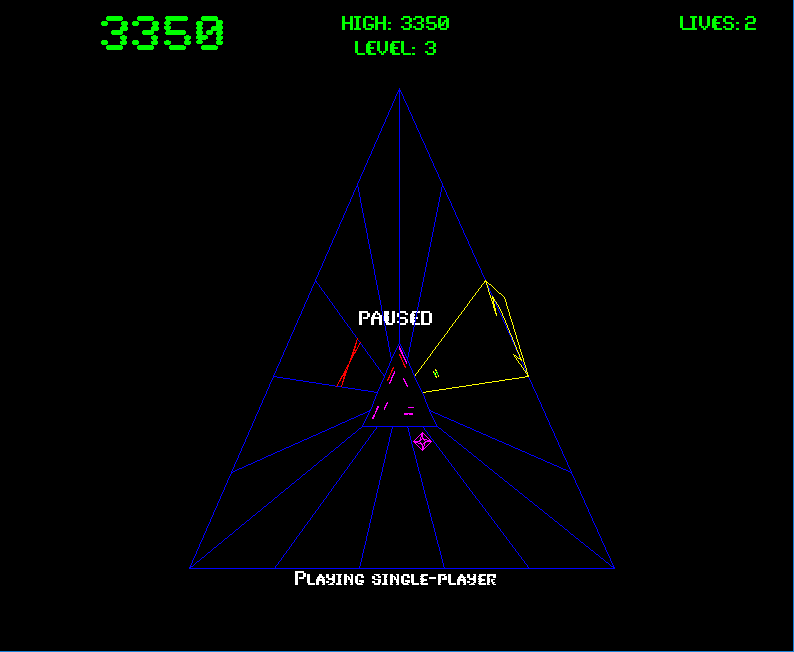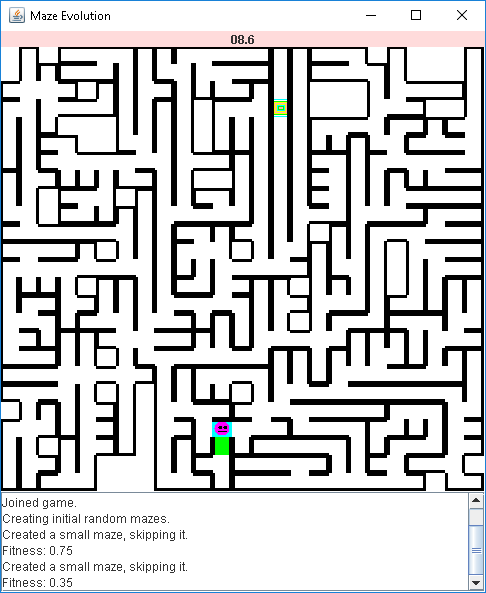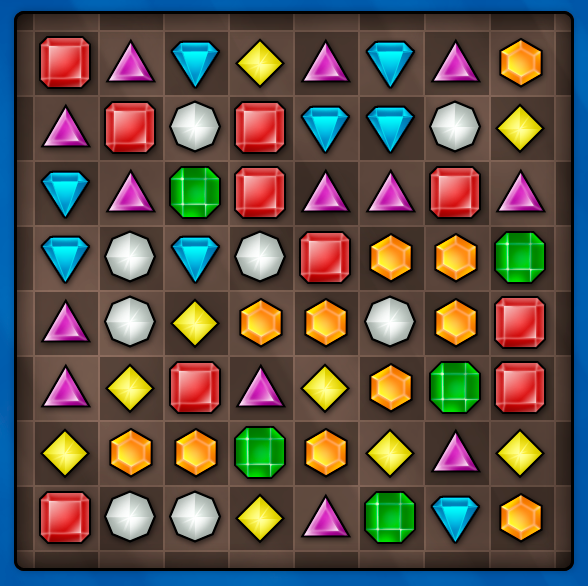You might want to simplify the explanation on your bitbucket page by providing some very broad overview of what your library actually does and what benefits it provides. Right now, you basically start off with a mushy explanation of what it does and a big wall of text explanation for your lib instead of providing simplified sample code upfront, i also had to search through the source just to find the mentioned example code, you should provide a link!
Have a look at the KryoNet page for some inspiration:
[quote]KryoNet is a Java library that provides a clean and simple API for efficient TCP and UDP client/server network communication using NIO. KryoNet uses the Kryo serialization library to automatically and efficiently transfer object graphs across the network.
[/quote]
This contains all the information i need:
-It’s using Java, NIO and Kryo
-You have to use a Server/Client model
-Objects can be serialized automatically
This is all i need to know!
With your page on the other hand, it took me a while to get what your library actually does technically, it isn’t important what you think your library could be used for, people want to know what it actually does and how, so that they can judge whether it is worth using it or not.
[quote]Turn any single-player game into a multiplayer game
[/quote]
What does this mean for the developer, how does it do that, what does it do? sounds like marketing blabla…
[quote]easily connect clients to a shared server so they can pass simple data to each other
[/quote]
This is what any of the quadrillion networking libs out there already do, why should i use your stuff?
[quote]The GMC library includes both a server and client components […]
[/quote]
Yeah, but what is their specific function, what special stuff can Server/Client do for you?
[quote]simple MultiplayerTetris included
[/quote]
Provide a link, you’ll put off people who value their time, i don’t think anyone wants to waste minutes just to find some sample code, while they don’t even know yet what your lib does.
[quote]Quickstart Usage
HUGE WALL OF TEXT
[/quote]
What about some short spicy code samples?
[quote]ConnectorMain.sendKeyValue… or ConnectorMain.sendString
[/quote]
What about byte-arrays? No byte-arrays means no easy inter-operation with serialization libraries.




 Feel free to take suggestions or ask for points that are not clear.
Feel free to take suggestions or ask for points that are not clear.